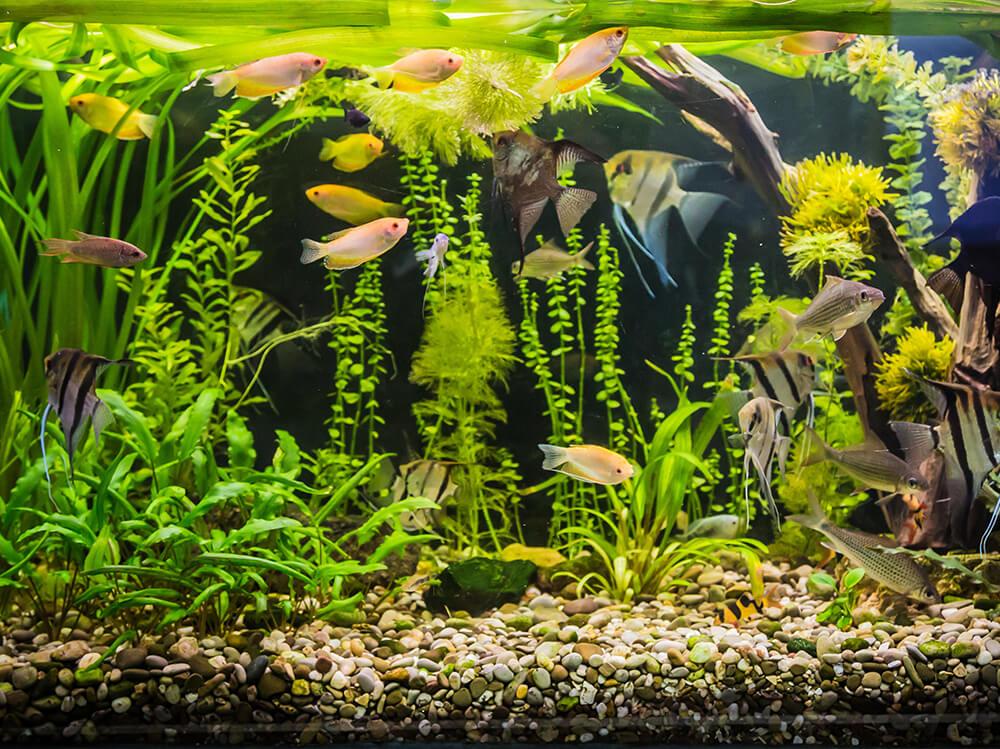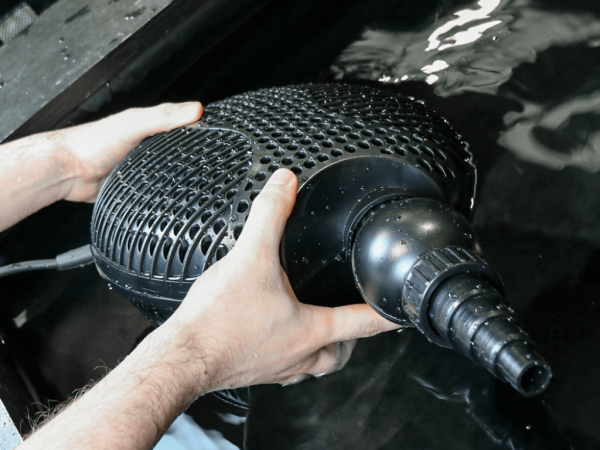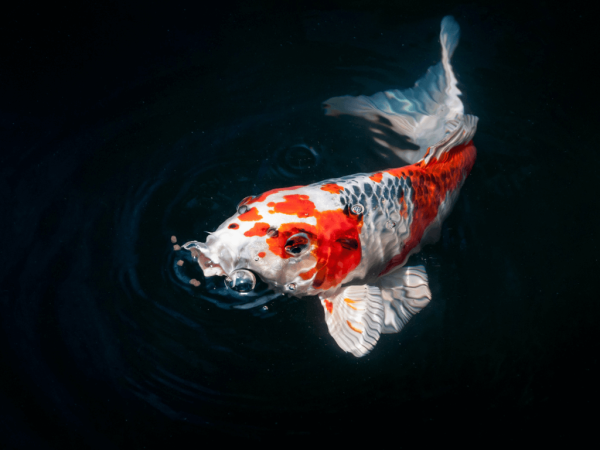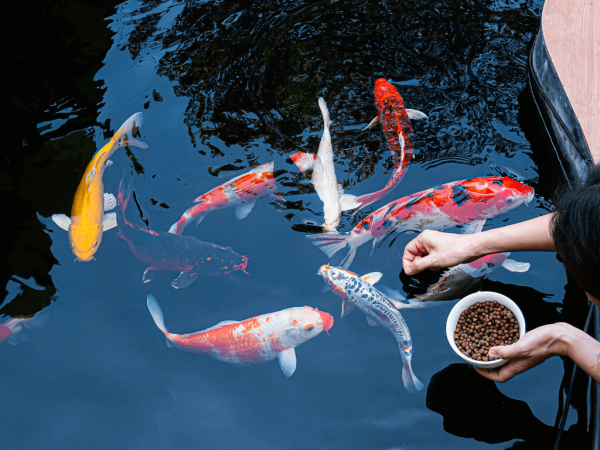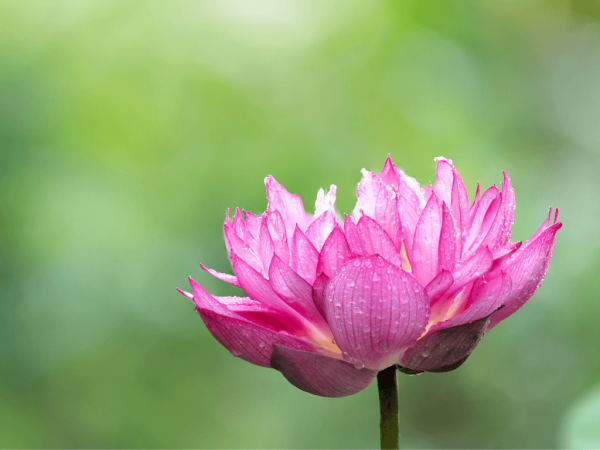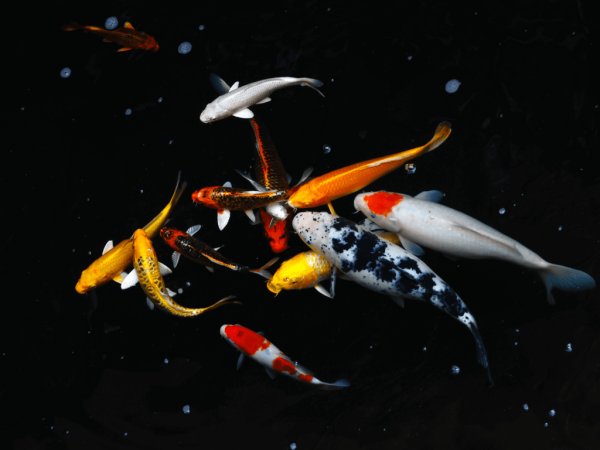How to set up a tropical fish tank
When its cold, wet and gloomy outside there is nothing better than watching a tropical fish tank indoors. A riot of colour, movement and activity, fish tanks combine nature and science, pets and hobbies, art and past times, and they are something the whole family can enjoy.
Fish tanks don’t have to be large or expensive. As long as you have a small space away from windows and radiators, and an electrical socket nearby you can set up a tank in the space of a day and have your first fish swimming in it as soon as a week later.
Start by deciding on the size and type of tank you want. Do you want something to match the furniture or do you want something with a funky shape and design? If you already know the fish you want they can also dictate the size of the tank, as large fish need large aquariums, but small fish only require nano-sized aquaria.
Fish tanks are really heavy when filled so they should always be placed on a purpose-built aquarium stand or cabinet. Get someone to help you lift it into position and use a spirit level to ensure its level.
Equipment
A filter is the most essential piece of equipment for any aquarium. It clears the water but also breaks down invisible fish waste, and its the life support system that enables you to keep fish. Some aquariums like BiOrb, Juwel and Flex come with filtration already built-in. This takes the guesswork out of choosing and comes pre-fitted for ease of set up. If you buy a bare aquarium, choose either a set that comes with heater and filter included or choose the tank first and then the filter second.
Filters are selected based on tank water volume, so if your tank is 100 litres in volume, you need a filter that will filter 100 litres, and so on. You can have two filters if you want to, (one at each end,) or one larger sized filter which is capable of filtering more water than is necessary. These are good for messy fish like cichlids or if you know you will upgrade the tank size in the future and want to move the filter over to a bigger tank.
All tropical fish tanks need heaters, and these are preset plug-in devices which heat the tank to 24C year-round. A built-in thermostat monitors the temperature and switches the heating element on when too cold, and off when the temperature is reached. Select 1 watt of heating power per litre of water (so 100 watts for 100 litres,) or again, choose two heaters, or a larger one than you need for cold homes or if upgrading to a larger tank.
Place the heater in the water, plug it in, set it and forget it. But a separate thermometer is a good addition so that you can see the water is at the right temperature at a glance.
Many tanks come with lighting built-in but some enable you to select and fit your own lighting. Tropical fish look best under colour enhancing lights, but if you want to specialise in live plants you can opt for lighting which enhances plant growth. Plug lighting into a timer and have it on for a set period per day. Excess lighting causes green algae growth so if you don’t have live plants, leave the light off when you’re not there and the fish won’t mind one bit.
Decor
Fish tanks need gravel on the bottom and rocks, wood, ornaments or plants to provide cover for the fish and to help them feel more secure. Gravel colour is down to personal taste, and aim for a layer about two inches (5cm) thick. Wash the gravel first to remove dust and debris, place the decor, fill the tank and you’re nearly there. Background pictures can be placed on the back of the tank to provide a backdrop of your choice.
Fill the tank with tapwater from a hose or bucket. Once filled the heater, filter and light can be plugged in and switched on. Use tapsafe to neutralise chlorine in the water and leave the tank overnight to heat up to the right temperature. Let the water clear over the next few days, test the water before adding a few, small, hardy fish like Zebra danios, add some beneficial bacteria, and your fishkeeping journey begins.




